In 2019, Riot Games finally made use out of the “s” in its name when it introduced autobattler Teamfight Tactics.
A roster of familiar champions, adorable Little Legends, and a low-stakes atmosphere propelled TFT to instant success. And some of the scene’s biggest content creators adopted the autobattler, helping the cause. Though its first six months are certainly impressive, can TFT have the same lasting effect that League of Legends has enjoyed over the past decade?
Early success was no coincidence
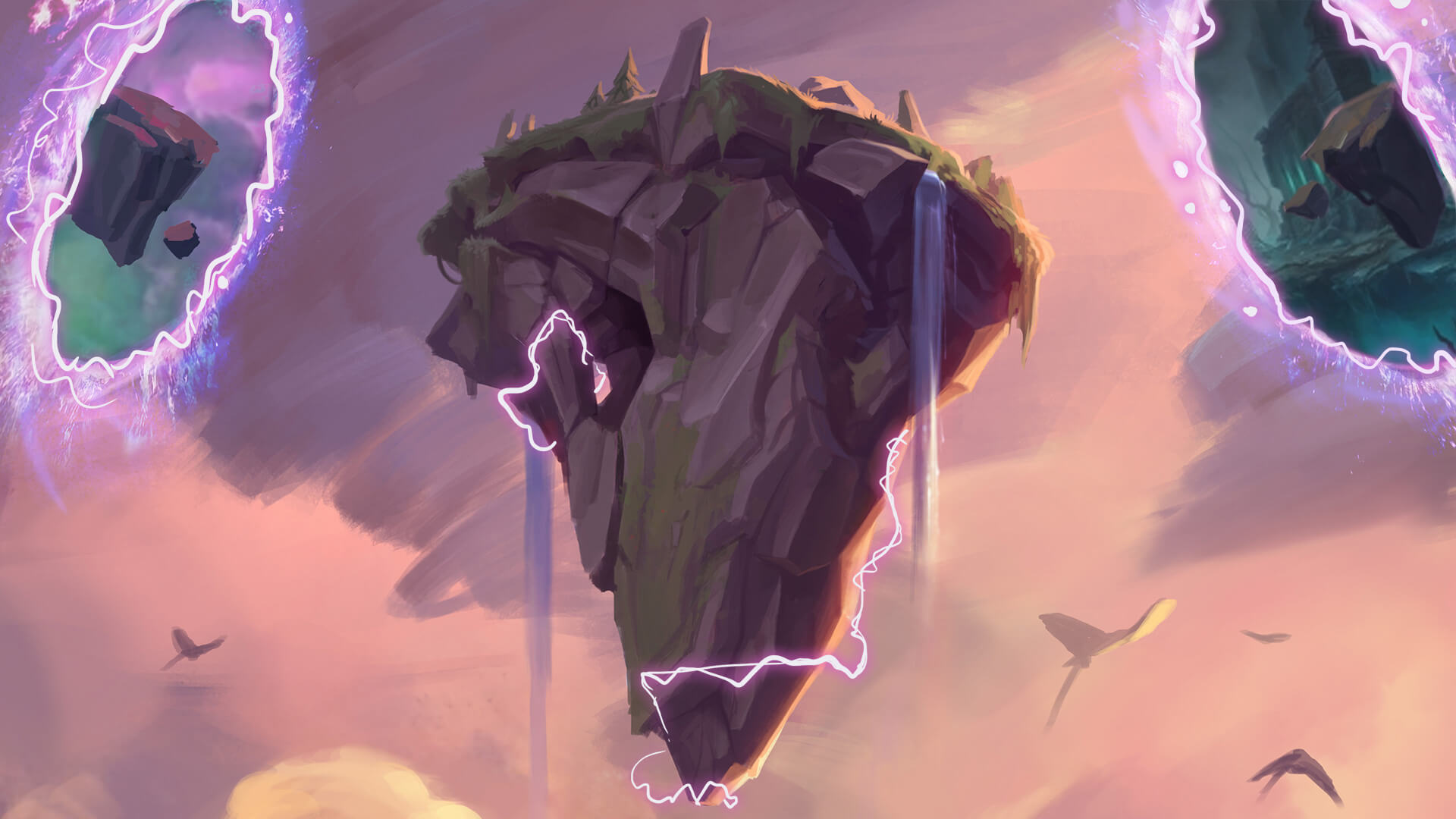
It’s hard to argue that TFT didn’t hit the floor running. The game was virtually unplayable in its first couple of days due to the sheer amount of people trying to jump into the Convergence. In an update three months into the autobattler’s launch, Riot revealed that TFT attracts more than 33 million players every month. And the global concurrent League player base even increased by 30 percent after TFT’s release.
TFT is a casual alternative for players looking to avoid the stress of League’s ranked grind. Even TFT’s ranked mode is forgiving since players can still technically win by placing fourth. Mechanics and team cooperation are instead replaced by strategy and a bit of luck in the form of RNG.
The autobattler’s “competitive” scene sports the same relaxed nature that fans enjoy so much when playing the game. The Rise of the Elements Invitational, which celebrated the game’s second set of content, invited a group of influencers and streamers to participate in a round table battle. Though there were shoutcasters and interviews, the lack of a large audience in a huge stadium certainly was a departure from typical Riot events.
And it doesn’t seem like TFT’s esports scene is going to stray from that formula. In an interview with Shotcaller, Riot global head of esports John Needham said that TFT will not be “as structured” as League, and will be “more casual” and “entertainment focused.”
TFT provides an accessible and rewarding experience for players looking to rank up, or simply have fun with friends. And the esports scene mirrors that.
Growing pains

Despite its initial success, TFT certainly encountered a few bumps on the road.
Developers have been constantly battling the balancing act of controlling the meta. Every patch seems to have a broken team comp that excels above the rest. Set one housed Nobles, Shapeshifters, and Infinity Edge Akali, which were first place contenders every game. And Rise of the Elements was plagued by Morellonomicon Singed and the Hyperroll Woodland Druid strat.
To be fair, the game’s in its infancy. And after 10 years, League devs have that balancing act down to a science. Using the decade of experience Riot Games has of ensuring over 140 champions are viable, there’s no question that same wisdom will bleed into the autobattler.
And no live competitive game would be complete without its fair share of bugs. TFT devs had to deal with anything from duplicating Neeko’s Helps to an infinite number of Zed clones. A recent change to the autobattler’s user interface (UI) caused a plethora of display issues, like missing experience bars and difficulty cycling through enemy boards. Despite bugs seeping through somewhat frequently, developers promptly meet them with hotfixes and patches.
With developers already making great strides in suppressing game breaking issues, these “growing pains” will lessen as the autobattler gets older.
Does TFT have what it takes to become a staple in the industry?

The TL/DR? Yes.
Riot created a market completely separate from League by selling Little Legends. Profits are driven by the sale of the adorable buddies that keep you company on the Convergence. And with a new series releasing virtually every month, Riot is ensuring that players have plenty of content to spend money on.
But there are some concerns moving forward. TFT Twitch viewership has considerably dropped since launch, according to TwitchTracker. The autobattler seems to have evened out around 17,000 concurrent viewers across all broadcasters—a far cry from League’s 120,000.
And Riot announced numerous new games releasing in the distant future, including a fighting game, a first-person shooter, a digital card game, a turn-based RPG, and a platformer.
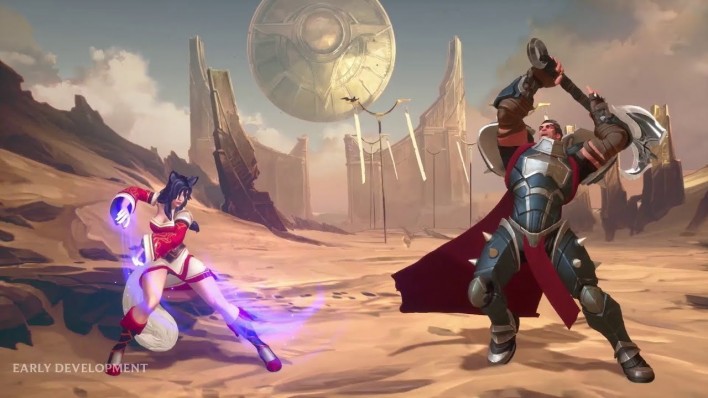
It’s unclear what kind of effect this would have on TFT. Would an increase in titles bring more traffic to Riot’s games? Or would new games dip into the already limited playerbase of TFT? And will Riot continue to put efforts into the autobattler’s continued development even with so many new projects being produced?
A huge company like Riot will likely make things work. And it doesn’t seem like the autobattler was intended to be a blockbuster title to rival League. If Riot created Teamfight Tactics to be an entertaining and casual experience for a diverse audience, then it certainly delivered.


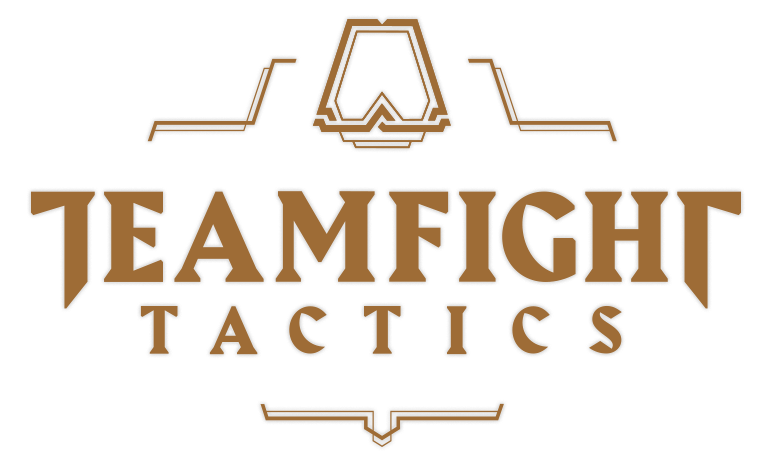
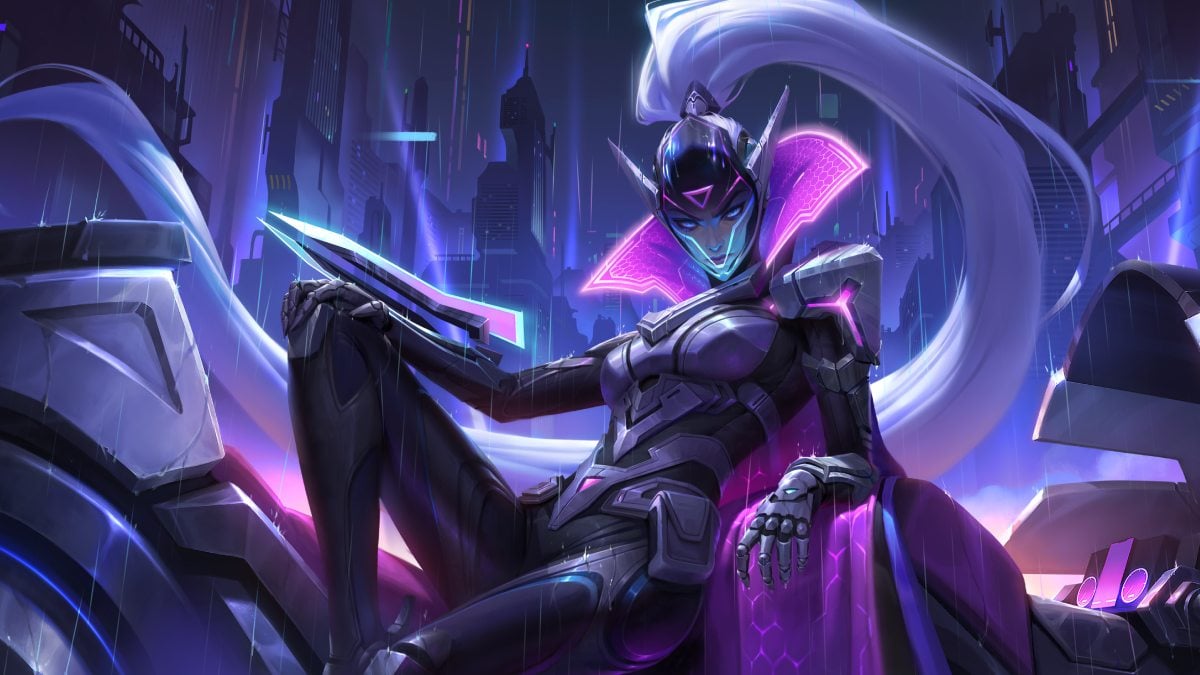
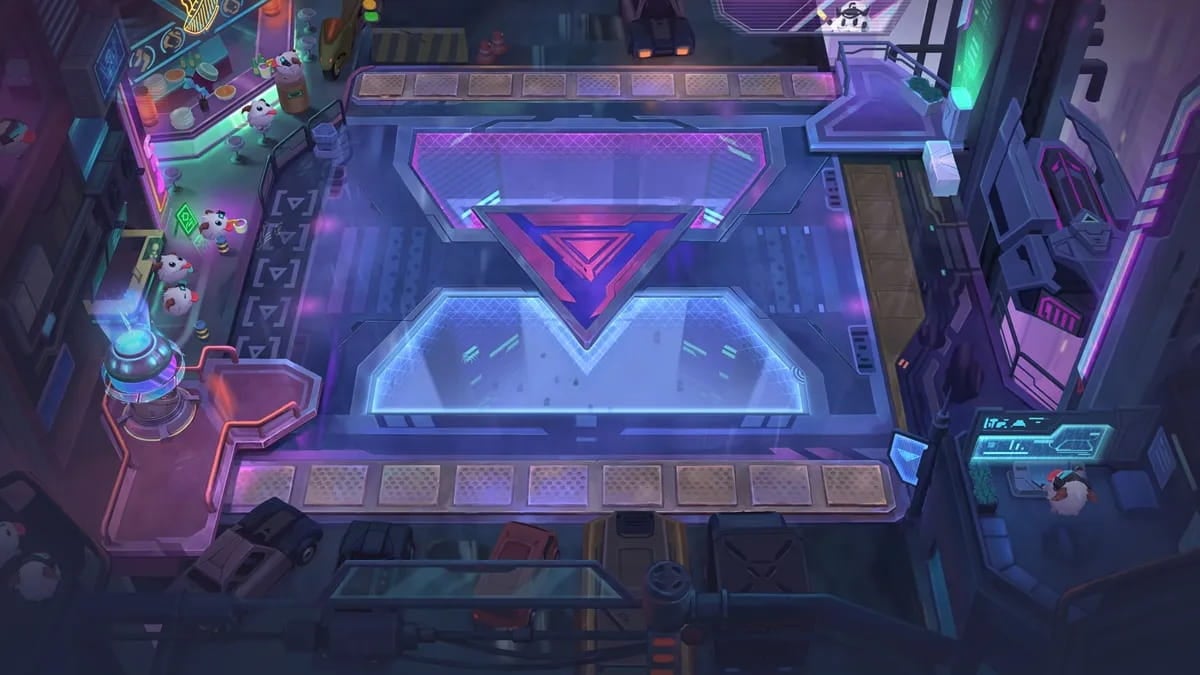
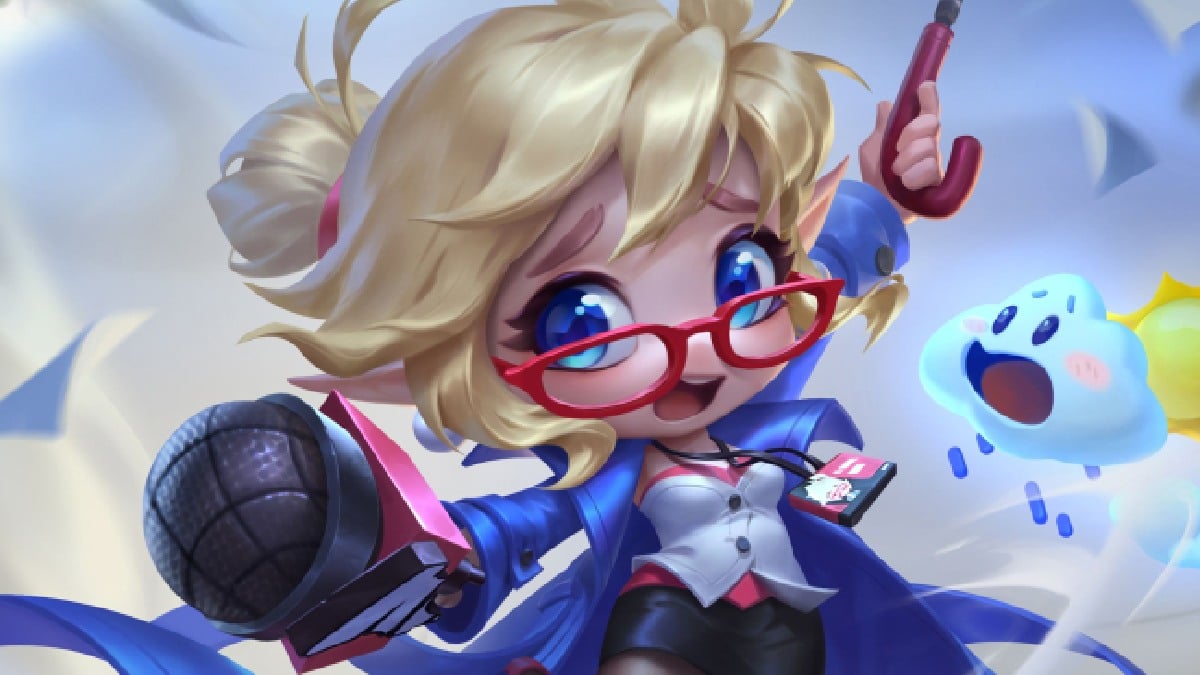

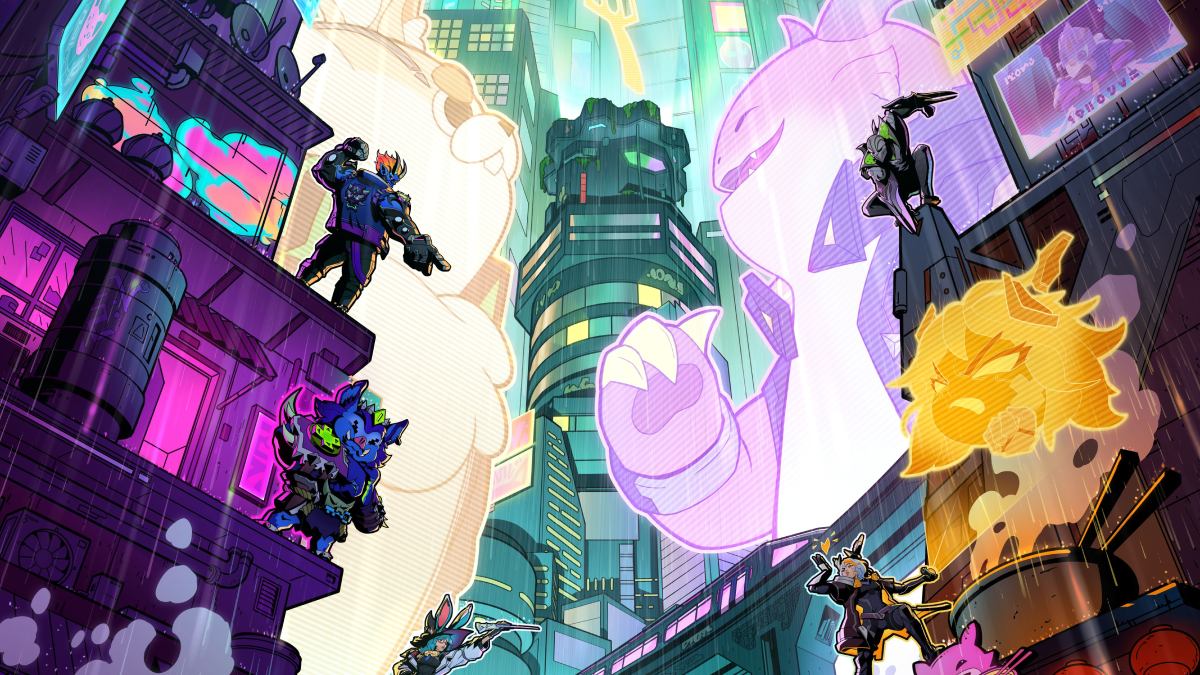


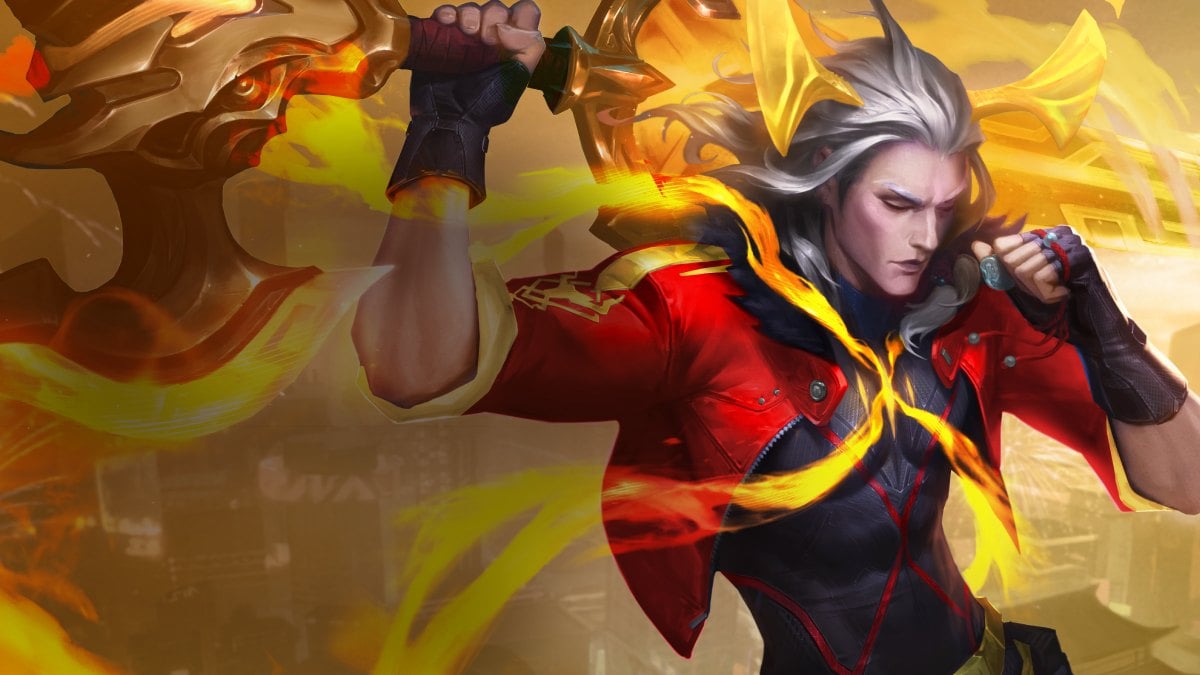
Published: Dec 27, 2019 09:21 pm